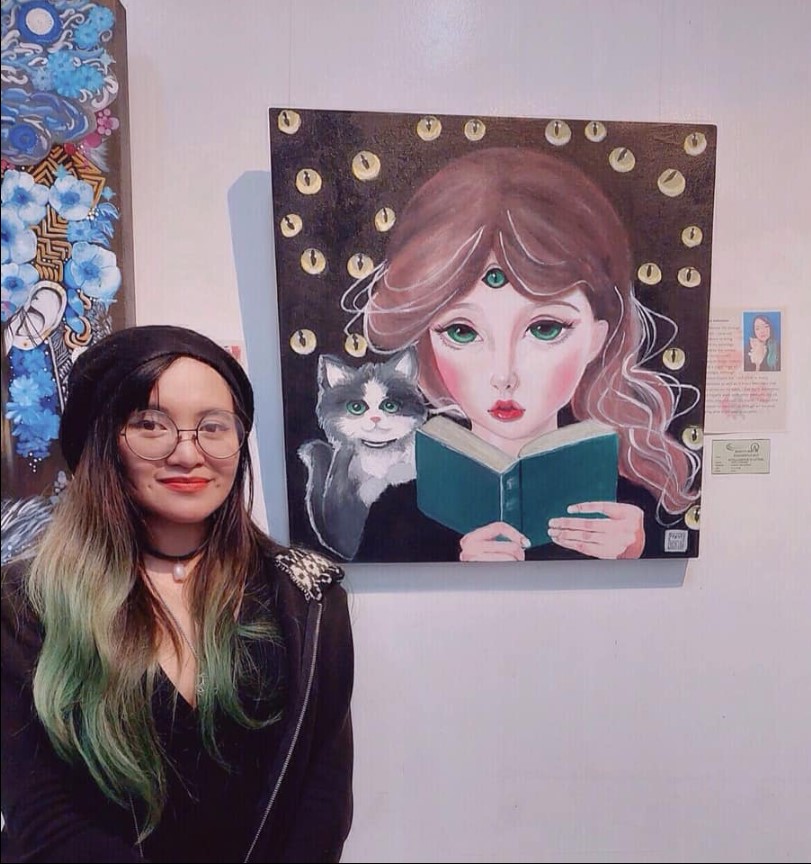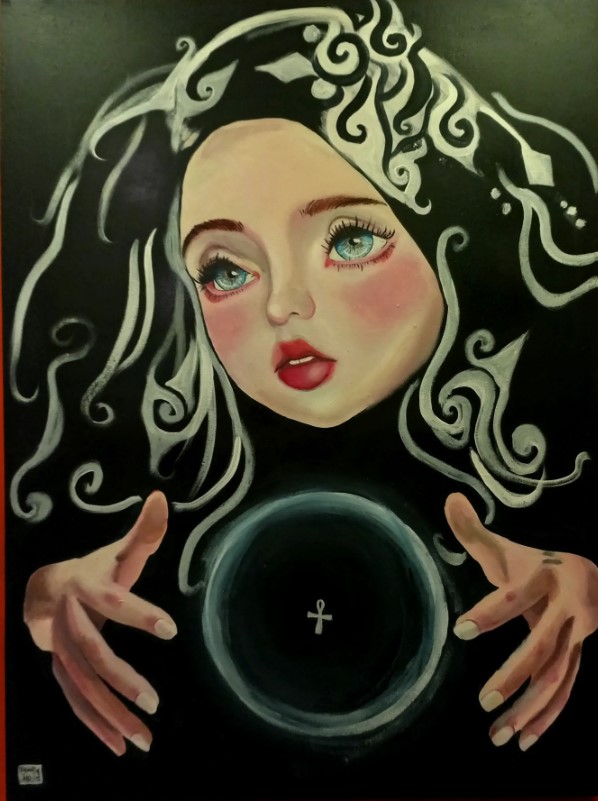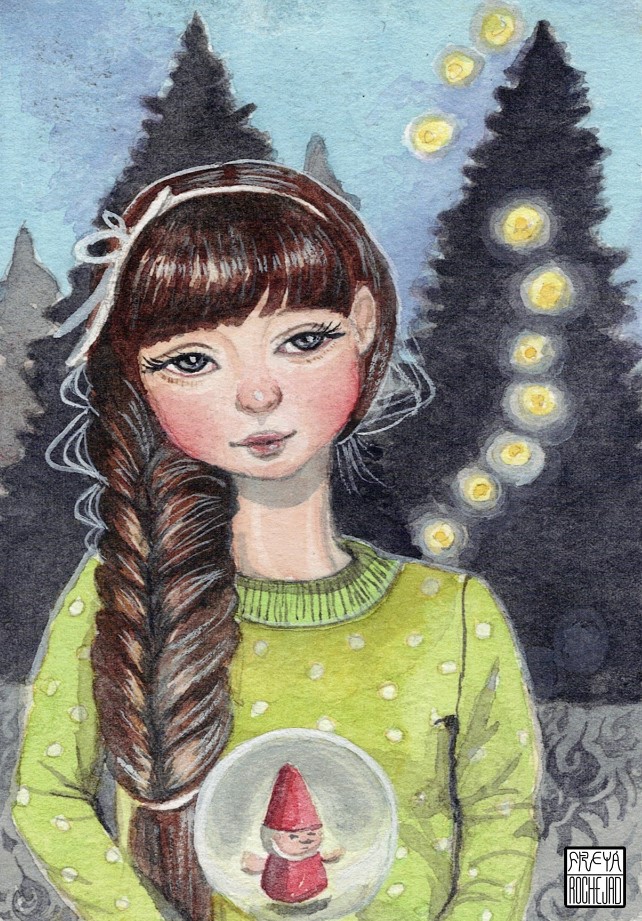Low-brow, highbrow: Nothing beats the creativity of Freya Jadormio
by Noel Sales Barcelona

Frequently, art critics are harsh when it comes to art style.
However, this is understandable. As the famous character from one of this writer’s favorite animated films, “Ratatouille” (Disney-Pixar, 2007):
“In many ways, the work of a critic is easy. We risk very little yet enjoy a position over those who offer up their work and themselves to our judgment. We thrive on negative criticism, which is fun to write and to read. But the bitter truth we critics must face, is that in the grand scheme of things, the average piece of junk is probably more meaningful than our criticism designating it so. But there are times when a critic truly risks something, and that is in the discovery and defense of the new. The world is often unkind to new talent, new creations. The new needs friends. Last night, I experienced something new: an extraordinary meal from a singularly unexpected source. To say that both the meal and its maker have challenged my preconceptions about fine cooking is a gross understatement. They have rocked me to my core. In the past, I have made no secret of my disdain for Chef Gusteau’s famous motto, “Anyone can cook.” But I realize, only now do I truly understand what he meant. Not everyone can become a great artist; but a great artist can come from anywhere…”
For this talented visual artist from the North, Rochelle Ann “Freya” Jadormio,” “low-brow” art paved the way for her to enter the art scene. In fact, she was considered as one of the primary movers of pop surrealism in the region.

Power of Femininity
What makes her art more exciting is the magic and power of femininity. She honors the feminine energy – the yin – “earth, darkness, passivity, and absorption,” based on Eastern (Chinese) Astrology. It is through the feminine principle that destruction occurs to give way or birth to something new.
This potent energy is evident in most of her works, as they are always replete with symbols of the power of a woman – intelligence, creativity, beauty; and also the struggles of being a being with a womb, breasts, and vagina – the perceived weakness and the need to follow the “norm” and the “conventions” that are seemed created solely for women, to control them and make them “lesser” beings.

While her works can be categorized as apolitical, a strong sense of feminism emanates from each brushstroke, bringing toxic masculinity and patriarchy to the table. Gone are the days when female artists were always under the shadow of male artists, especially their partners. As proven by Jadormio, women artists like her had taken their space – by struggle and by right – in the art world.

Low-Brow, Yet Transcendental
On the other hand, there’s also a deep sense of spirituality and transcendentalism regarding Jadormio’s work. Goddesses, nymphs, sages, and even monsters are present in the repertoire of her work – all of them are awe-inspiring – as they appeal to the deepest part of the psyche.

As a fan and practitioner of metaphysics and esoteric, Jadormio’s works are pathways to the netherworld and, of course, to your own subconscious. It directs you to re-examine your light and shadow, eventually leading you to “liberation.” Swiss psychoanalyst C. G. Jung says, “Your visions will become clear only when you can look into your own heart. Who looks outside, dreams; who looks inside, awakes.”
And, at least for this writer, this is the core strength of the low-brow art of Freya Jadormio. #
Related Posts
-
 FEU film “Eklipse” wins back-to-back at Adamson, UP
No Comments | Feb 25, 2020
FEU film “Eklipse” wins back-to-back at Adamson, UP
No Comments | Feb 25, 2020 -
 Championing Arts and Culture Practitioners Through CCP’s Upskilling on Performance & Visual Arts Curation Exhibition
No Comments | May 7, 2024
Championing Arts and Culture Practitioners Through CCP’s Upskilling on Performance & Visual Arts Curation Exhibition
No Comments | May 7, 2024 -
 Isang Araw sa Art Fair Ph
No Comments | Feb 28, 2023
Isang Araw sa Art Fair Ph
No Comments | Feb 28, 2023 -
 FEU short films win in Pangasinan
No Comments | Nov 3, 2018
FEU short films win in Pangasinan
No Comments | Nov 3, 2018
